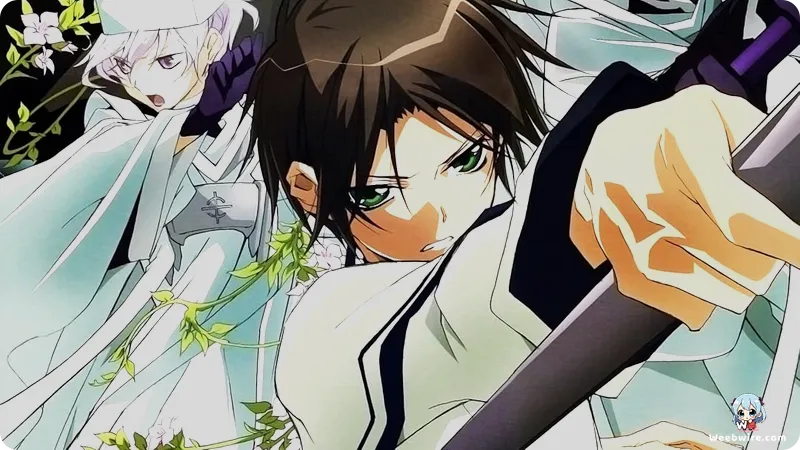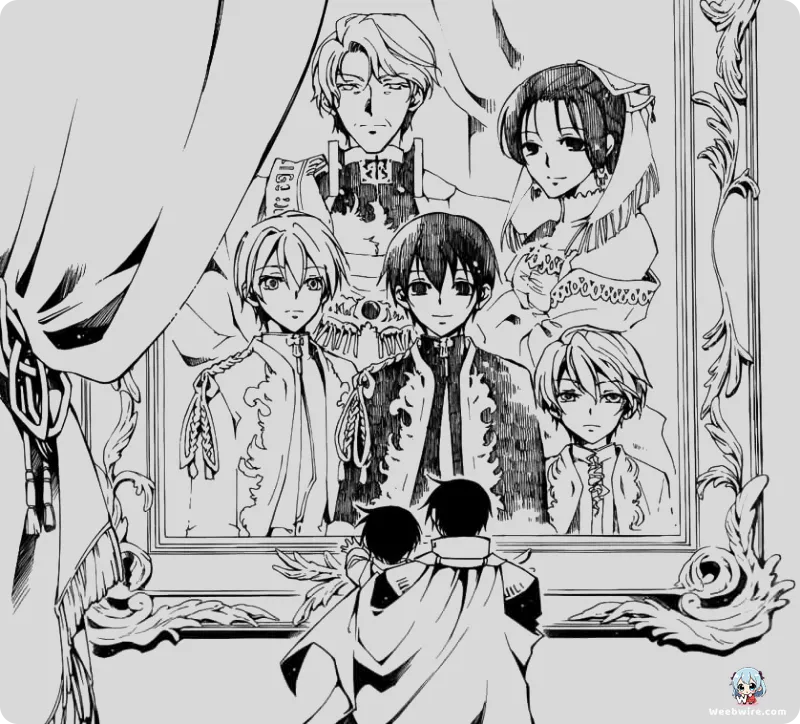Unlocking the Lore of 07-Ghost: Decoding German Terminology and the Shocking Truth Behind the Anime's Original Ending

The fantasy series 07-Ghost, which premiered in 2009, was produced by Studio DEEN and adapted from the detailed manga created by Yuki Amemiya and Yukino Ichihara. The series is recognized for its blend of military intrigue, spiritual mystery, and high-stakes supernatural conflict. However, beneath the surface of the Barsburg Empire, the narrative features a complex structure of world-building and linguistic choices that often go unnoticed, particularly when comparing the animated adaptation to its original source material.
The Symbolic Use of German Terminology
A defining feature of the 07-Ghost universe is its extensive reliance on German terminology, which establishes a formal, quasi-historical European atmosphere. This linguistic choice serves a symbolic purpose beyond mere aesthetic flavor. Consider the primary antagonist, the God of Death, known as Verloren. This name translates directly from German as 'lost' or 'forfeited,' immediately defining the character's thematic function as a force of spiritual absence and decay, central to the series’ theological structure.
Similarly, the powerful spiritual artifacts, such as the Eye of Mikhael, are referred to within the church hierarchy as Relikte, which is the German word for Relics. This designation emphasizes their ancient and sacred significance. This commitment to a rigid linguistic framework also applies to the titular protectors, the Seven Ghosts, whose names frequently combine Latin and German roots, linking them intrinsically to the specific virtues and spiritual fragments of Mikhael they embody.
The protagonist, Teito Klein, is central to this overarching conflict. Trained initially as a military cadet, Teito's life is drastically altered when he discovers he secretly harbors the Eye of Mikhael, one of the three crucial Relics. This connection grants him immense, yet dangerous, power and marks him as the pivotal figure in the cosmic struggle against Verloren. While his background as the former Prince of the destroyed Raggs Kingdom provides the political context, the deeper mythology confirms that Teito’s soul is the ultimate requirement for permanently sealing the God of Death. His continuous struggle, situated between the strict militarism of the Empire and the spiritual refuge of the Church, forms the core emotional drive of the story.

The Anime-Original Conclusion
A critical factor in the production of the 2009 anime adaptation was a common industry challenge: the manga, serialized in Monthly Comic Zero Sum, was still far from completion. The source material would eventually span 17 volumes. Faced with an ongoing narrative, Studio DEEN made the necessary decision to create an anime-original ending. This pivot significantly altered the narrative path, presenting viewers with an accelerated and ultimately divergent resolution to Teito’s confrontation with Verloren.
Viewers who relied solely on the anime missed several years of subsequent character development, intricate political maneuvering, and fundamental revelations concerning the true history and nature of the Ghosts detailed in the manga. This divergence serves as a classic example of how production necessities can reshape a fantasy story, establishing the manga as the definitive source for readers seeking the complete and complex conclusion to the series.
Credits
07-Ghost
Author
Yuki Amemiya and Yukino Ichihara
Cover Art
Yukino Ichihara
Studio
Studio DEEN
Publisher
Ichijinsha
Producers





